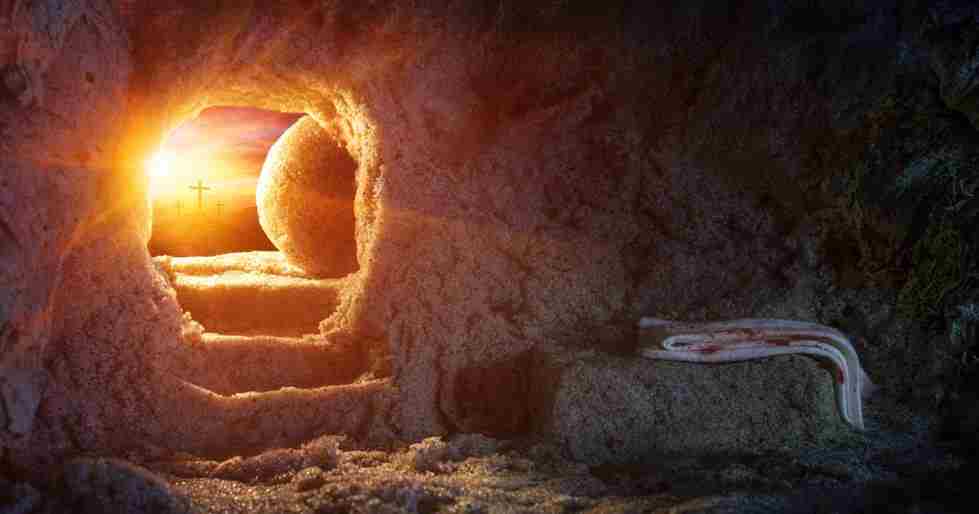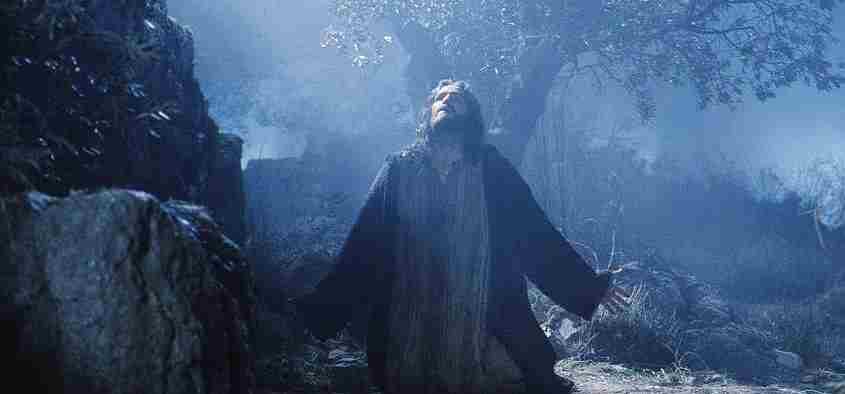
Spiritual Fortress Part III: Call for Backup
In the previous articles, we discussed the first two steps of an emergency plan to protect ourselves from the attacks of demons. The first step of the emergency plan is to flee from temptation; the next step is to seek refuge in our spiritual fortress – the church. In this article, we will discuss the last step of the emergency plan, which is to call for backup.

Spiritual Fortress Part II: Seek Refuge in the Fortress
In the last article, we discussed the concept of having a spiritual fortress and constructing an emergency plan to protect ourselves from the attack of the demons. The first step of the emergency plan is to flee from temptation, but where should one fleeing temptation go? In this article, we will discuss the second step of the emergency plan, which is to seek refuge inside the fortress just like the monks who used to take refuge in their fortresses when the barbarians attacked.

Spiritual Fortress Part I: Flee
A common feature of our ancient Egyptian monasteries is that each monastery contains a fortress. Though rarely used in such capacity today, the purpose of the fortress was to harbor the monks during raids by savage barbarians. The fortress is a tall building with very thick walls and narrow windows. The only entrance to the fortress is through a door located on the 2nd floor that is accessible only by a drawbridge from the neighboring building. When invaders would arrive, the monks would sound the bell, run into the fortress, pull up the drawbridge, and close the door. Once the drawbridge was lifted, the attackers were unable to access the fortress, and hence the monks were safe from their perilous enemies. Since the monks would potentially spend days to weeks in the fortress, there was a place for sleeping, storage for food, and, most importantly, altars for the monks to continue their prayers.

Resurrection Grants New Life
It is obvious from the epistles of St. Paul that the Resurrection of Jesus Christ was his source of hope and conviction. Despite being forewarned of his imminent death, he resolutely testified before Governor Felix saying: “I worship the God of my fathers, believing all things which are written in the Law and in the Prophets. I have hope in God…that there will be a resurrection of the dead…” (Acts 24:14-16). Later in the same oration, he asks his accusers whether, “they found any wrongdoing in me while I stood before the council, unless it is for this one statement which I cried out, standing among them, ‘Concerning the resurrection of the dead I am being judged by you this day’” (Acts 24:20-21). Following St. Paul’s testimony, Festus consulted King Agrippa and described the conflict between St. Paul and his accusers in one sentence saying: “…they had some questions against him about their own religion and about a certain Jesus, who had died, whom Paul affirmed to be alive.” (Acts 25:19). St. Paul’s conviction was not based solely on the recognition of a historical event, but rather on his personal encounter with the resurrected Christ and his experience with the power of Resurrection to grant him new life.

Vital Vigils (2)
In the previous article, I mentioned several specific instances from the life and teachings of our Lord Jesus which promote the importance and necessity of keeping vigils. In this article, I would like to share with you some stories about the vigils of our church fathers and discuss how we can practice and benefit from vigil in our personal prayer life.

Vital Vigils
The Coptic month of Kiahk is characterized by extended versions of the midnight psalmody called “Seven and Four” (saaba wa arbaa in Arabic) which refer to the four canticles and seven Theotokias (i.e. hymns relating to St. Mary). During this month, children are excited to spend the night at church and adults are eager to chant some of their favorite hymns of year. I am astonished every year by those who brave the cold weather and long hours of this midnight vigil out of their desire to praise our awesome God and the beautiful Theotokos St. Mary. As we prepare to celebrate the glorious Nativity of our Lord Jesus Christ, I would like to share a few encouraging thoughts regarding the importance and necessity of keeping vigils.